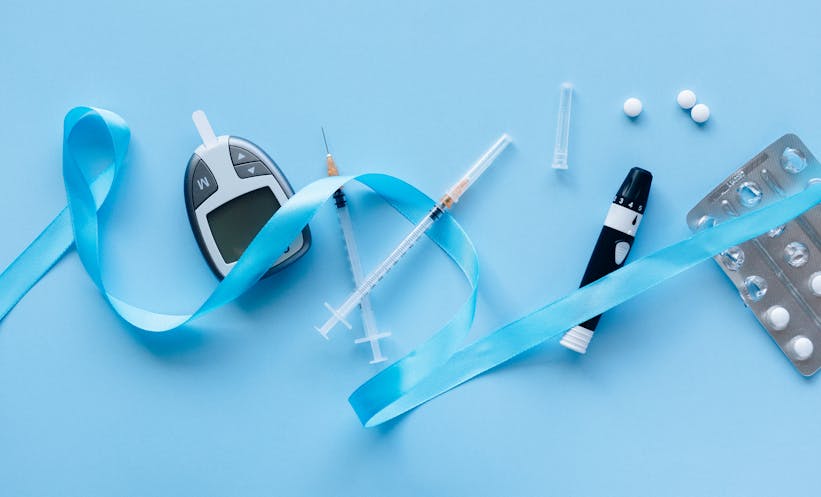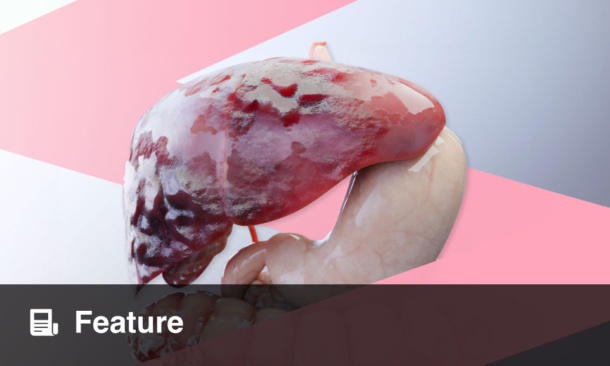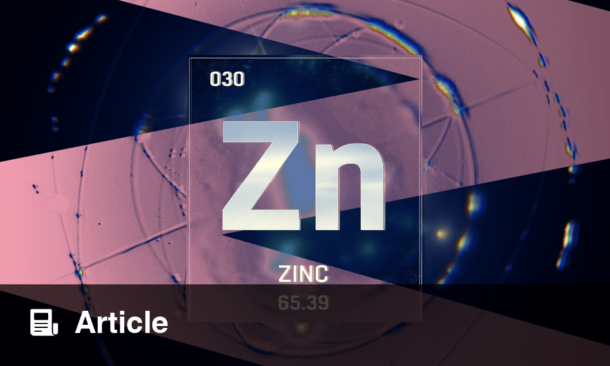NON-ALCOHOLIC fatty liver disease (NAFLD) affects 20–30% of the worldwide population, and in Europe one in every three people are affected by it to some degree. At present, this condition is only diagnosable via an invasive liver biopsy, which can only be performed in specialist hospitals. However, a pioneering €34 million project, funded by the European Innovative Medicines Initiative and co-ordinated by scientists at Newcastle University, called the ‘Liver Investigation: Testing Marker Utility in Steatohepatitis’ (LITMUS) programme, aims to develop and validate new diagnostic tools to identify patients with NAFLD, specifically those most at risk of developing problems related to cirrhosis and cancer.
NAFLD is caused by the accumulation of fat in the liver cells, ultimately leading to inflammation and the generation of fibrotic tissue. NAFLD is also strongly associated with obesity and Type 2 diabetes mellitus. Only one in ten people with NAFLD will be negatively affected by the condition; however, the disease in these patients can progress into an inflammatory form of the condition called steatohepatitis. Steatohepatitis causes fibrous scar tissue to form in the liver, leading to serious liver damage and increasing their risk of liver cancer, myocardial infarction, and stroke.
The challenge, therefore, lies in identifying the individuals that are most likely to be seriously affected by NAFLD in order to provide appropriate care. Prof Quentin Anstee, Professor of Experimental Hepatology & Consultant Hepatologist, Newcastle University, Newcastle, UK, who is responsible for co-ordinating the LITMUS consortium, stated: “Lack of easy and accurate diagnostic tests means that many patients go undiagnosed until late in the disease process.” Thus, one of the goals of the LITMUS initiative is to develop, validate, and qualify better biomarkers for testing NAFLD.
The diagnostic tests are envisioned to take the form of highly-accurate blood tests and imaging techniques, which will allow predictions to be made regarding the severity and prognosis of liver disease, as well as the monitoring of its progress. LITMUS will also help in the development of more effective NAFLD medical treatments and the initiation of clinical trials to eventually license the medicines.
LITMUS will include 47 international research partners based at leading international universities and prominent pharmaceutical companies. Prof Chris Day, Newcastle University, explained: the award of such a large grant from the EU, allowing us to bring together pharma and academia in this way, gives us real hope of making significant advances in the diagnosis and treatment of this increasingly common and often devastating disease.” NAFLD is too often undiagnosed in patients and, considering the rising obesity epidemic in Europe, accurate NAFLD diagnostics are essential.
(Image: freeimages.com)








